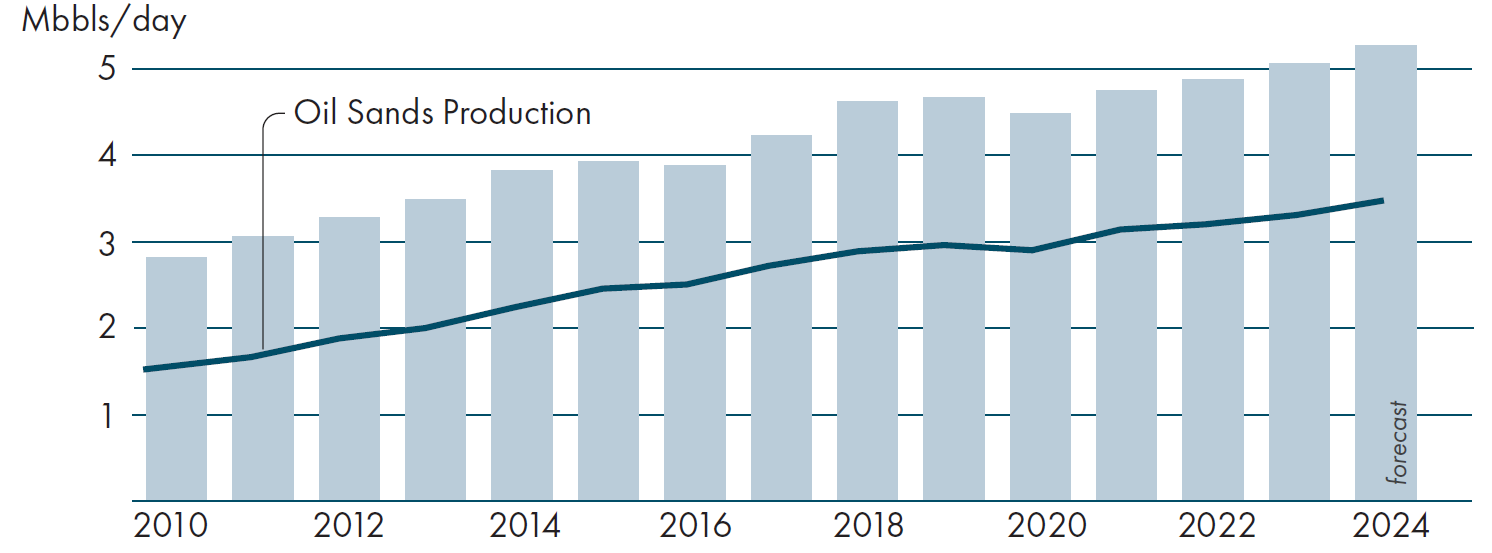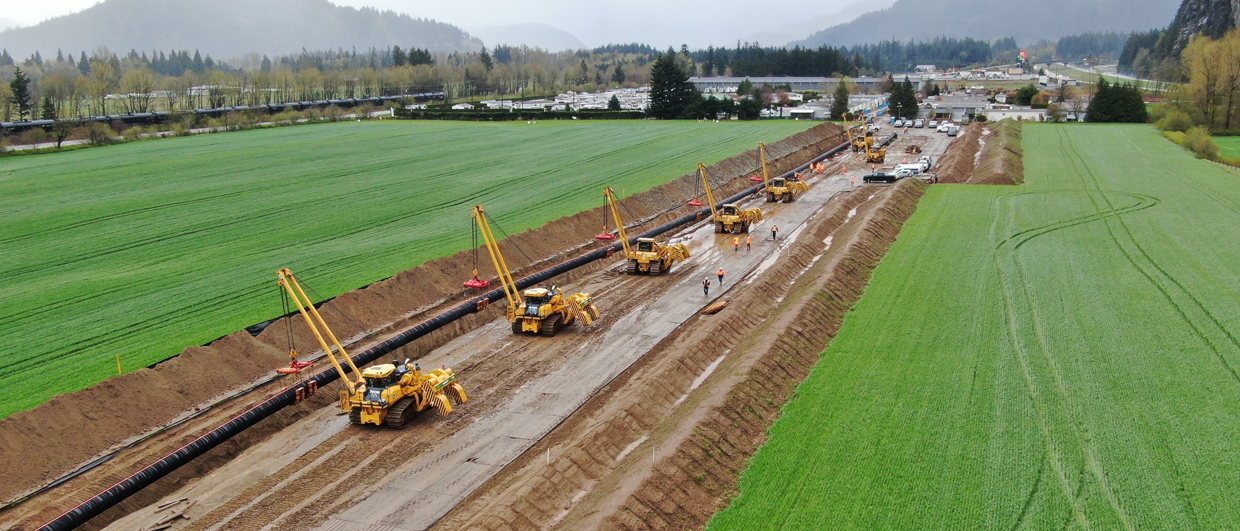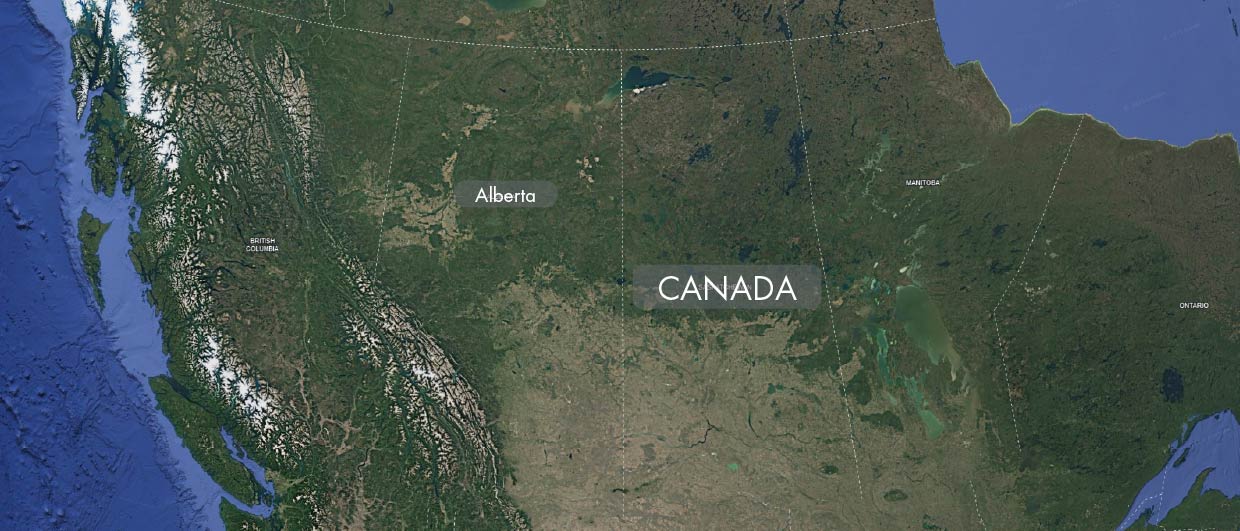With Equinor breaking the news last month that its Sitka prospect only contained non-commercial amounts of oil, another disappointing drilling result hit the exploration community in Canada. Sitka was supposed to have been completed in 2022, but Equinor was forced to end drilling operations before it made it to the target, citing operational challenges at the time. The Sitka prospect is located close to the Equinor-operated Bay du Nord project, the development of which was postponed last year due to cost concerns but has since moved forward with the choice of contractor announcements for the project.
Sitka is not the only disappointing offshore drilling news as of late. Last year, bp drilled the much-anticipated Ephesus well in the Orphan Basin further to the northwest. A genuine wildcat considering its location, the well targeted a Paleocene low-relief closure that was hoped to be a major gas field. But Ephesus did not live up to expectations.
And as we go to press, the news is about the break whether or not the Persephone well drilled by ExxonMobil, also in a frontier part of the Orphan Basin, has hit the 3 billion barrel jackpot.
In light of these developments, one would almost conclude that Canada’s ability to sustain production is at risk, but when looking at production overall, there is no sign of that. In contrast, and despite a government that has demonstrated not to be overly pro-oil, the facts leave little room for discussion. Since 2010, Canada’s crude oil production has been on the rise from less than 3 million barrels per day in 2010 to more 5 million b/d this year. This is an incredible rise and is mostly thanks to the country’s oil workhorse.
The oil sands
“Most of the production increase comes from oil sands, mines and in-situ development with thermal methods”, explained Calin Dragoie, who works for Chinook Consulting Services, when I asked him the question about what is behind this production increase. “And this has happened despite there being a serious egress issue, with producers competing for pipeline space and resorting to rail and barge transport.”
But that issue has now been resolved thanks to a project to twin the already existing Trans Mountain pipeline (TMX) that now allows the export from land-locked Alberta of almost three times as much crude as was possible before – 890,000 bbls/d.

Taking the investment decision to build this second pipeline is based on an important observation: Oil sand projects are large and have a low decline rate. They also have long-term offtake contracts, with lots of smaller producers on top of that who play the market and drill or pause development based on small fluctuations in oil price and differential.
In other words, whilst the explorers keep a close eye on offshore drilling results from ExxonMobil in the Orphan Basin, it is important not to lose sight of what is happening onshore.





